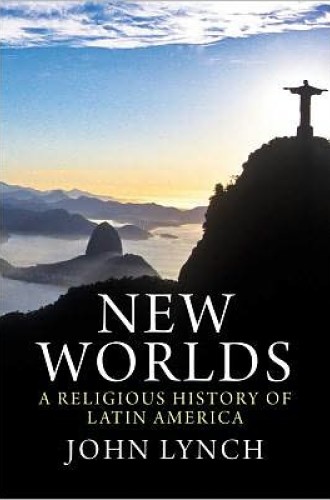New Worlds, by John Lynch
With this synthesis of the 500-plus-year history of the Roman Catholic Church in Latin America, John Lynch has furnished an important and intricate piece of the puzzle of the story of global Christianity.
New Worlds is a badly needed book. Latin America, the scene of an epic clash of cultures resulting from the European conquests of the 15th and 16th centuries, is today home to more than a third of the world’s 1.1 billion Catholics. For decades, much high-quality scholarship has examined the many facets of the Latin American church, as well as other religious trends. However, only with this book has a scholar from the English-speaking world produced an overview of the complex and controversial topic of Latin American Catholicism.
Although New Worlds is a religious history, Lynch, professor emeritus of Latin American history at the University of London, uses the perspectives of social, institutional and political history to provide a complex view of religion and the church. He practices history at its best, providing a clear explanation of how and why religious institutions and customs evolved after the arrival of the Europeans in 1492. Over and over again, he illustrates how very messy and immoral the state of social, political and religious affairs could become under the aegis of the Catholic Church. He does not apologize for the church’s shortcomings.





